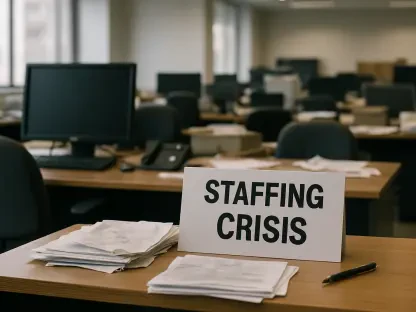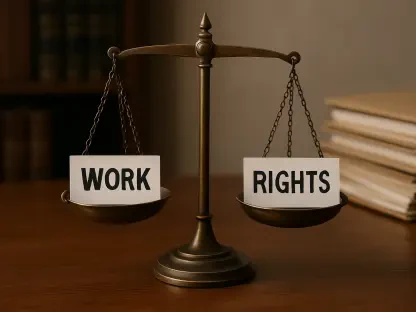In a dramatic move that has sent ripples through the legal and political landscape, former National Labor Relations Board (NLRB) member Gwynne Wilcox has filed a lawsuit against President Donald Trump and NLRB Chair Marvin Kaplan following her abrupt termination from the board on January 27, 2025. This bold move challenges not only the dismissal itself but also the wider implications for the protections afforded to independent agency members under the National Labor Relations Act (NLRA).
A Historical Legal Challenge
Wilcox’s lawsuit marks a pivotal moment as it is the first to directly contest President Trump’s unexpected firings of congressionally approved members of independent agencies. Her suit asserts that her firing was a “blatant violation” of the NLRA, which allows for the removal of board members only for “neglect of duty or malfeasance in office,” accompanied by “notice and hearing.” The legal challenge is poised to test the boundaries of independent agency protections and may ultimately escalate to a Supreme Court review.
The Broader Impact
The controversy surrounding Wilcox’s dismissal is not an isolated incident. President Trump has also recently removed two U.S. Equal Employment Opportunity Commission (EEOC) commissioners, Charlotte Burrows and Jocelyn Samuels, both of whom have indicated their plans to pursue legal action. While Title VII of the Civil Rights Act of 1964, the statute governing EEOC operations, does not specifically address commissioner removals, it has been traditionally interpreted to require cause for such actions.
Contrasting this, the explicit language of the NLRA stipulates stringent conditions under which board members can be removed, emphasizing “neglect of duty or malfeasance in office” and mandating due process through notice and hearing. Wilcox’s legal filings highlight these statutory protections, calling into question the legality of her abrupt termination and setting a critical precedent for the interpretation of such protections.
Revisiting Legal Precedents
The Trump administration appears to view these high-profile firings as an opportunity to challenge long-standing legal precedents, specifically the 1935 Supreme Court decision in Humphrey’s Executor v. United States. This landmark ruling affirmed Congress’s authority to establish independent commissions and restricted the president’s power to remove their members without cause. Given the current composition of the Supreme Court, some legal analysts believe there is potential for this precedent to be reconsidered.
Several Justices, including Thomas, Gorsuch, Roberts, Alito, and Kavanaugh, have previously expressed views supportive of a “unitary executive” theory. This aligns with some of President Trump’s positions and actions, suggesting that there might be judicial support for expanding presidential powers over the removal of independent agency members.
The Road Ahead
Former National Labor Relations Board (NLRB) member Gwynne Wilcox’s legal action against President Donald Trump and NLRB Chair Marvin Kaplan challenges her unexpected dismissal from the board on January 27, 2025. This lawsuit contests her sudden termination and raises critical questions about the protections granted to members of independent agencies under the National Labor Relations Act (NLRA). Wilcox’s bold legal maneuver emphasizes the potential impact on the independence and stability of such agencies, as well as the broader implications for labor rights and institutional integrity. Her case could set a vital precedent, influencing how future dismissals from independent agencies are handled and whether the NLRA’s protections for agency members will be upheld. The outcome of this legal battle could have far-reaching consequences for the governance of labor relations and the autonomy of independent agencies, making it a pivotal moment in labor law.









